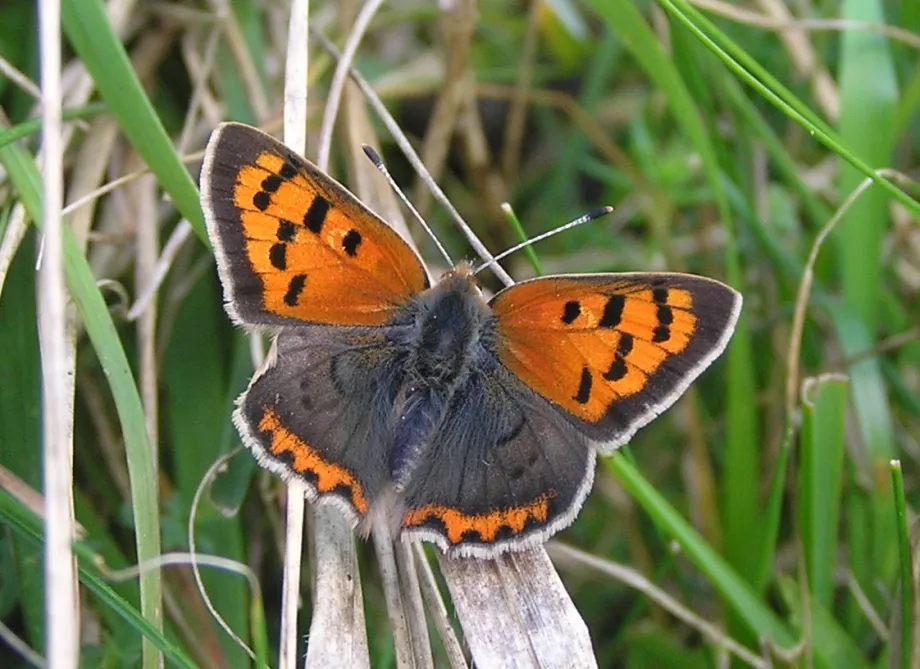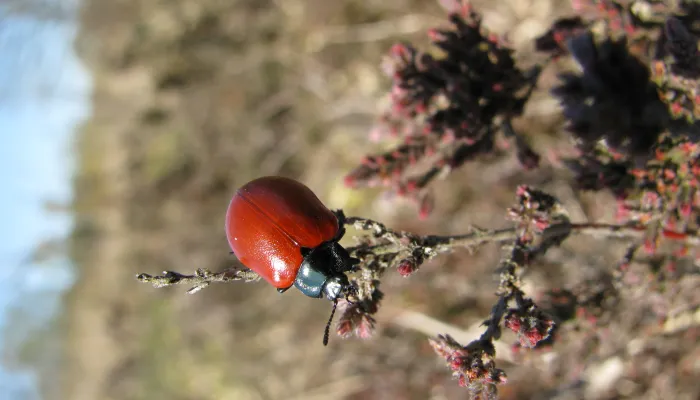
A reminder from Will Glasson, KWT Area Warden
Please do keep dogs on leads across all the open areas of Hothfield Heathlands (grassland, heather, scrub) until the end of August. This is to protect birds nesting on or near the ground (yellow hammer, linnet, nightingale, stone chat, willow warbler, blackbird) which are very easily disturbed by dogs sniffing in bushes and long grass. We always hope ground nesting nightjars and Dartford warblers will feel safe enough to nest here. Keeping dogs on short leads will benefit other wildlife that can be harmed or disturbed by enthusiastic canines – from snakes to mammals to amphibians. It also prevents problems with dogs chasing grazing livestock.
Dogs can remain off lead (under control) through mature wooded areas, around the perimeter of the reserve. Birds nesting in wooded areas are less sensitive to dog disturbance. All the reserve entrances have a map indicating the area where we would like dogs to be on leads and the woodland periphery. Thank-you to everyone for helping us to protect and support our wildlife.
Visit Hothfield
A visit to Hothfield Heathlands is a visit to one of the last remaining heathlands in Kent. After walking through a narrow canopy of broadleaved trees, you break through to reveal the wide-open landscape of Hothfield Heathlands.

